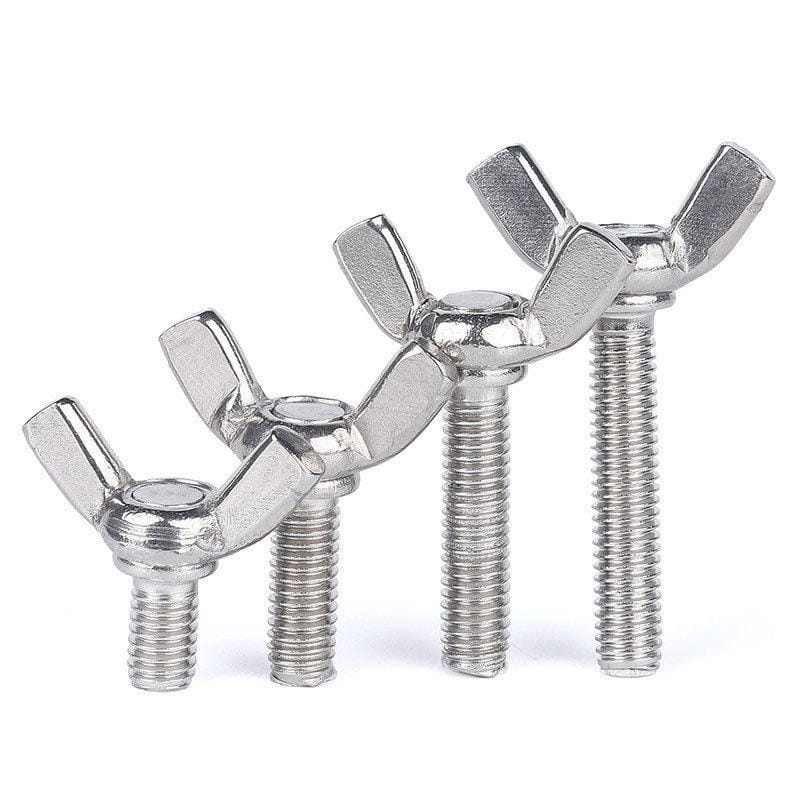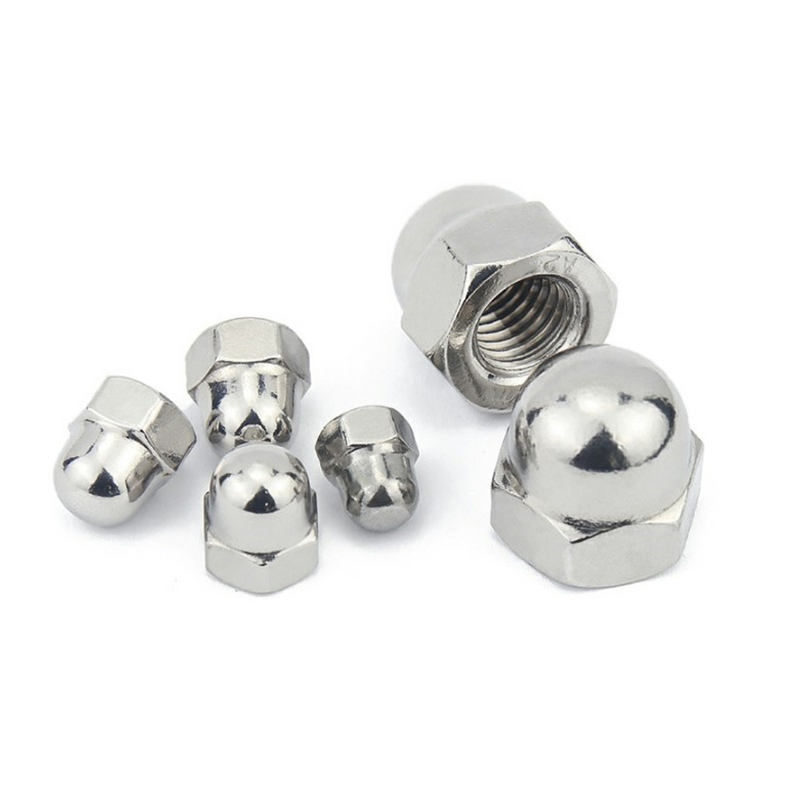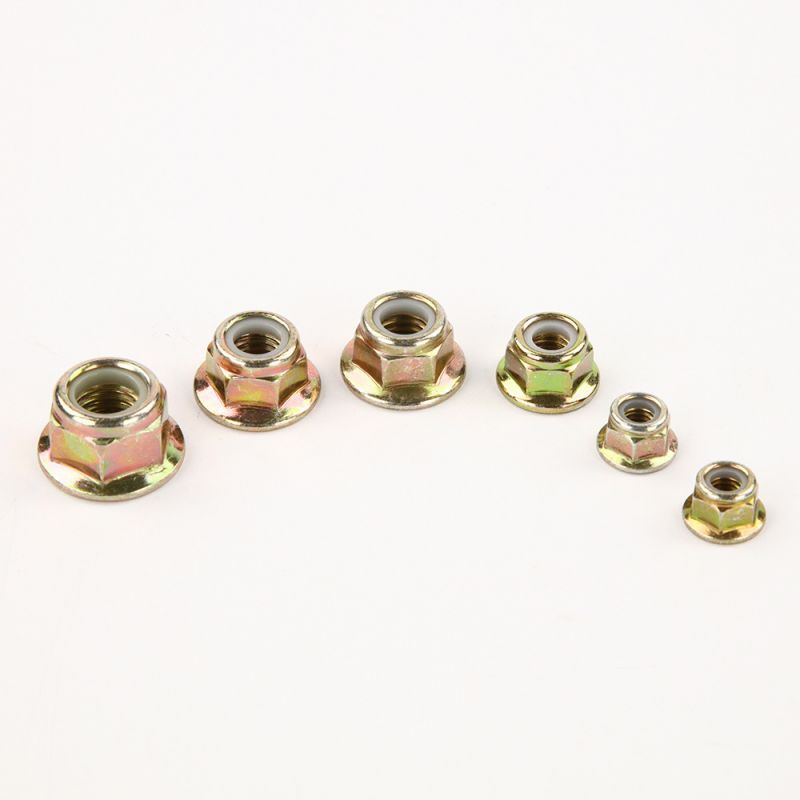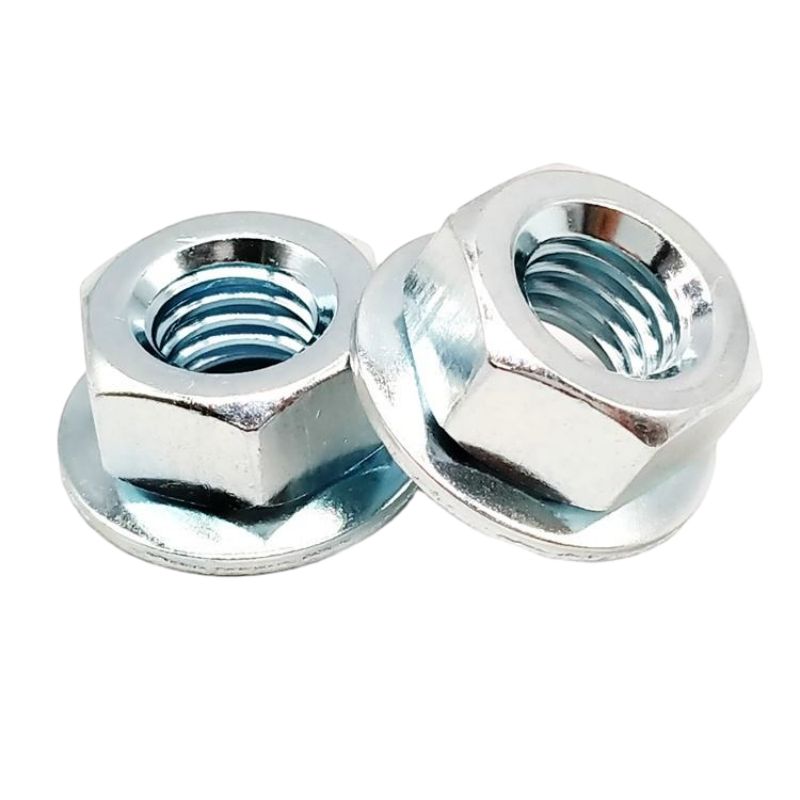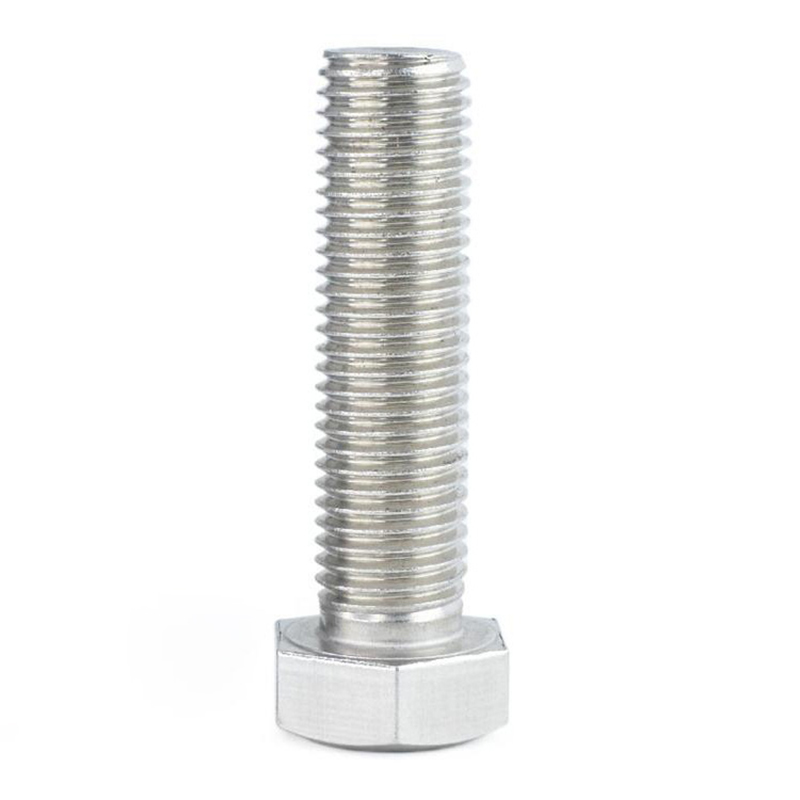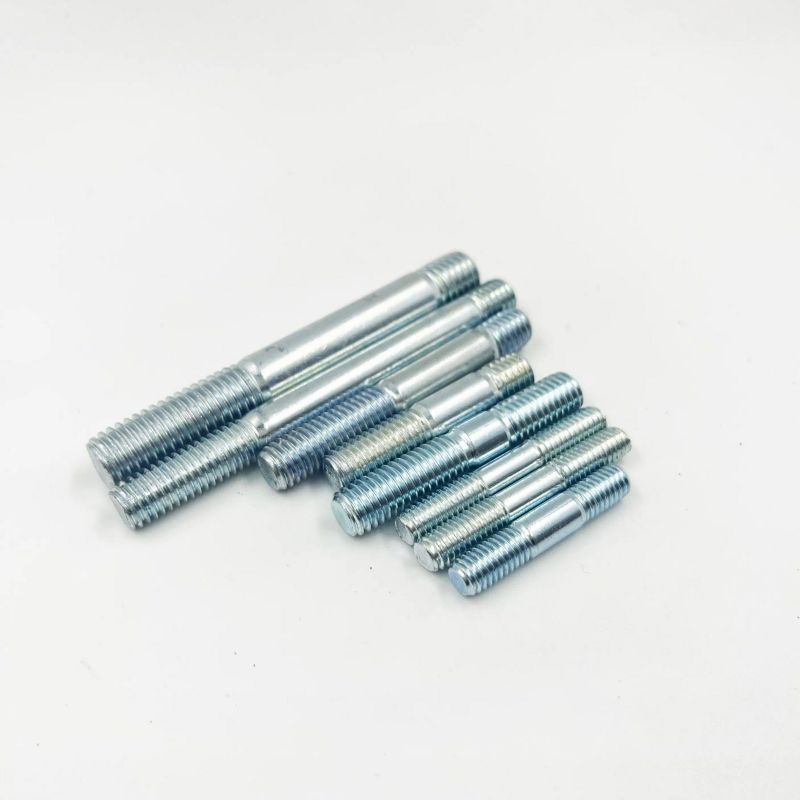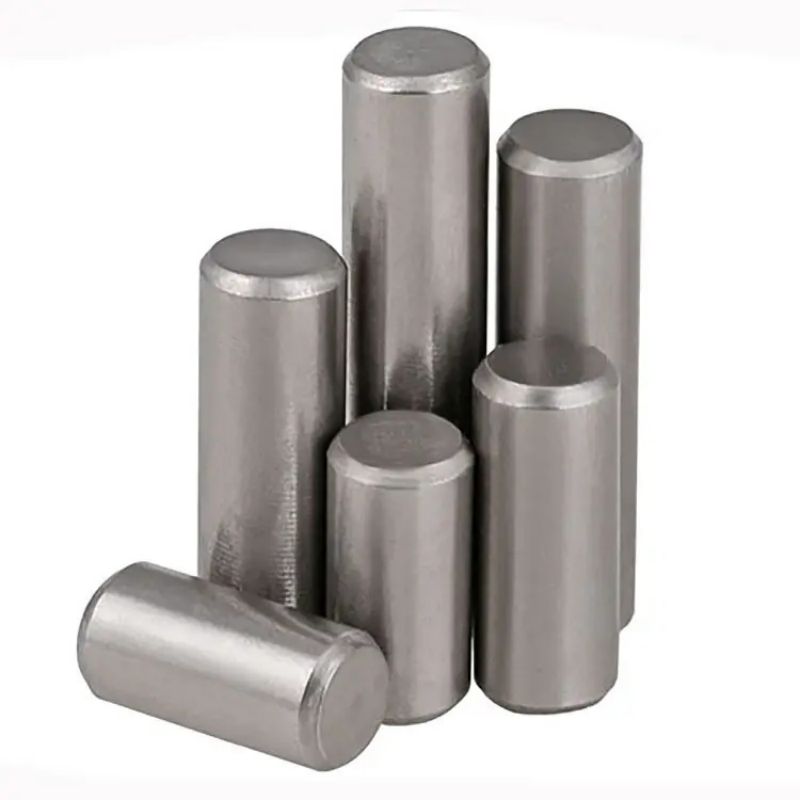In the realms of precision, durability, and operational efficacy within the bearing and robotics sectors, the selection of screws plays a pivotal role. While conventional screws are ubiquitous, shoulder screws frequently offer the precise solution required for applications demanding elevated accuracy and distinct mechanical characteristics. For those involved in the manufacture or supply of shoulder screws, a thorough comprehension of the advantages inherent to each type is essential for identifying the most suitable fastener tailored to a specific application.
Let us delve into the nuances of shoulder screws compared to regular screws, examining their respective applications and elucidating why precision shoulder screws may be the overlooked champions in industries such as robotics and bearing systems.
Distinguishing Shoulder Screws from Regular Screws
At first glance, shoulder screws and regular screws may appear strikingly alike. Both serve the fundamental function of securing components together. However, their design and applications reveal a profound distinction.
1.Regular screws, commonly known as machine screws, are engineered to join two or more components. Characterized by a straightforward threaded shaft that fits into a pre-tapped hole, they are available in a multitude of sizes, lengths, and materials, which contributes to their versatility. Nonetheless, their efficacy may be constrained in scenarios demanding high precision or specific load-bearing capabilities. Moreover, regular screws typically lack a shoulder or supportive area, which hampers their ability to evenly distribute the load.
2.Shoulder screws, conversely, are purposefully designed for applications necessitating heightened precision. These screws feature a shaft, a threaded section, and a distinct shoulder—a smooth, unthreaded segment that facilitates the alignment and support of the joined components. This shoulder enables one part to rotate or move independently without disrupting the integrity of the entire assembly, rendering shoulder screws particularly advantageous in bearing and robotic mechanisms. When opting for custom shoulder screws, it is crucial to meticulously assess the unique requirements of the application to attain optimal results. Explore further to discover how custom shoulder screws can be specifically tailored to meet your precise needs.
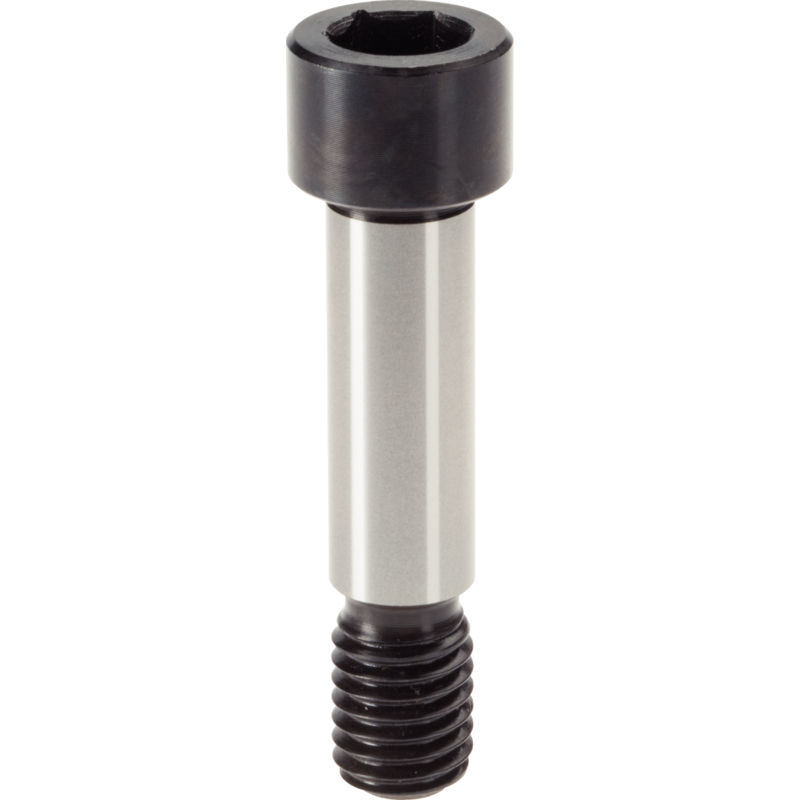
The Indispensable Role of Shoulder Screws in the Bearing Industry
In the realm of the bearing industry, precision reigns supreme. Bearings are meticulously crafted to mitigate friction between rotating elements, and even the slightest misalignment or imbalance can precipitate catastrophic failures. This is precisely where shoulder screws assume their vital function.
Shoulder screws are exceptionally suited for applications demanding acute precision and equitable load distribution. The smooth, unthreaded shoulder facilitates impeccable alignment of components, a necessity in bearing assemblies. In contrast to conventional screws, which may engender superfluous friction or uneven pressure dispersal, shoulder screws facilitate a more fluid and efficient operational dynamic. Their design renders them ideal for securing elements within bearing systems, particularly in contexts involving rotating or pivoting components.
Take, for instance, ball bearings and roller bearings, where meticulous placement and movement regulation are paramount. Precision shoulder screws guarantee that these elements can rotate seamlessly while remaining securely affixed to their housing, a critical factor in sustaining operational efficacy and durability.
Shoulder Screws in Robotic Applications
In the domain of robotics, the significance of shoulder screws escalates even further. Robots are composed of intricate, interrelated components that must function smoothly and accurately, often under substantial stress. For applications such as robotic arms, joints, and various mobile parts, shoulder screws emerge as the definitive solution for maintaining stability and facilitating movement.
The rationale is straightforward. Robotic elements frequently necessitate a high degree of flexibility and precision. Whether it pertains to the exact alignment of parts within a robotic arm or the seamless operation of a bearing in a gear mechanism, shoulder screws furnish the requisite support for these motions. The unthreaded shoulder section allows components to rotate or slide without jeopardizing the assembly's integrity.
In the field of robotics, precision of movement is of utmost importance. Any minor misalignment or excessive friction could lead to malfunctions or diminished performance. Shoulder screws effectively mitigate these challenges, offering both mechanical stability and adaptability. For example, in robotic joints where arm segments rotate, shoulder screws are indispensable for ensuring smooth and controlled motion, thereby enhancing precision in handling and minimizing wear on the components.
When to Utilize Shoulder Screws vs. Conventional Screws
Shoulder screws offer distinct advantages in applications demanding rotation or precise alignment; however, there are numerous situations where conventional screws suffice. Comprehending the appropriate context for each type of screw not only curtails unnecessary expenditures but also enhances overall system efficacy.
Employ Shoulder Screws When:
1.Rotation or Movement is Required: The smooth shoulder design facilitates uninhibited rotation or movement of components, mitigating friction and preventing damage.
2.Precision is Paramount: Shoulder screws ensure meticulous alignment, a crucial factor in bearing systems and robotic mechanisms where accuracy is vital.
2.Load Distribution is Crucial: The shoulder effectively disperses load, a necessity in high-stress applications such as bearings and robotics.
Opt for Regular Screws When:
1.Basic Fastening is Sufficient: Conventional screws are ideal for securing components together in scenarios where rotation or precise movement is not a concern.
2.Budget Constraints Exist: Regular screws typically present a more economical choice, particularly for non-critical applications.
3.Simplicity is Essential: In instances where the added intricacy of a shoulder design is unwarranted, conventional screws frequently emerge as the optimal selection.
Common Pitfalls to Avoid
Despite the evident benefits of shoulder screws in specific applications, professionals within the bearing and robotics sectors often encounter several missteps when selecting fasteners:
1.Selecting the Inappropriate Size: Whether opting for shoulder or regular screws, ensuring the correct size is imperative. A misjudged size can lead to misalignment, jeopardizing components and overall performance.
2.Neglecting Load Requirements: While shoulder screws are designed to evenly distribute load, they must be matched with the appropriate load-bearing capacity. Underestimating the necessary strength can culminate in failure.
3.Overlooking Material Compatibility: The materials employed for both shoulder and regular screws must align with the operational environment. For instance, deploying a standard steel screw in a corrosive setting could precipitate premature failure; thus, selecting the appropriate material for the task is vital.
Conclusion
In both the bearing and robotics sectors, the judicious selection of screws plays a pivotal role in enhancing the efficiency, durability, and dependability of the components involved. Shoulder screws are essential in applications demanding exceptional precision, optimal load distribution, and seamless mobility. They offer unmatched stability in both bearing systems and robotic mechanisms, ensuring fluid operations even in high-stress environments.
Nevertheless, standard screws retain their relevance in more straightforward applications. The crux of the matter lies in comprehending your distinct requirements and choosing the appropriate fastener accordingly. As industries progress and innovate, the significance of these seemingly minor yet formidable components—be it shoulder screws or conventional screws—remains profoundly critical.


